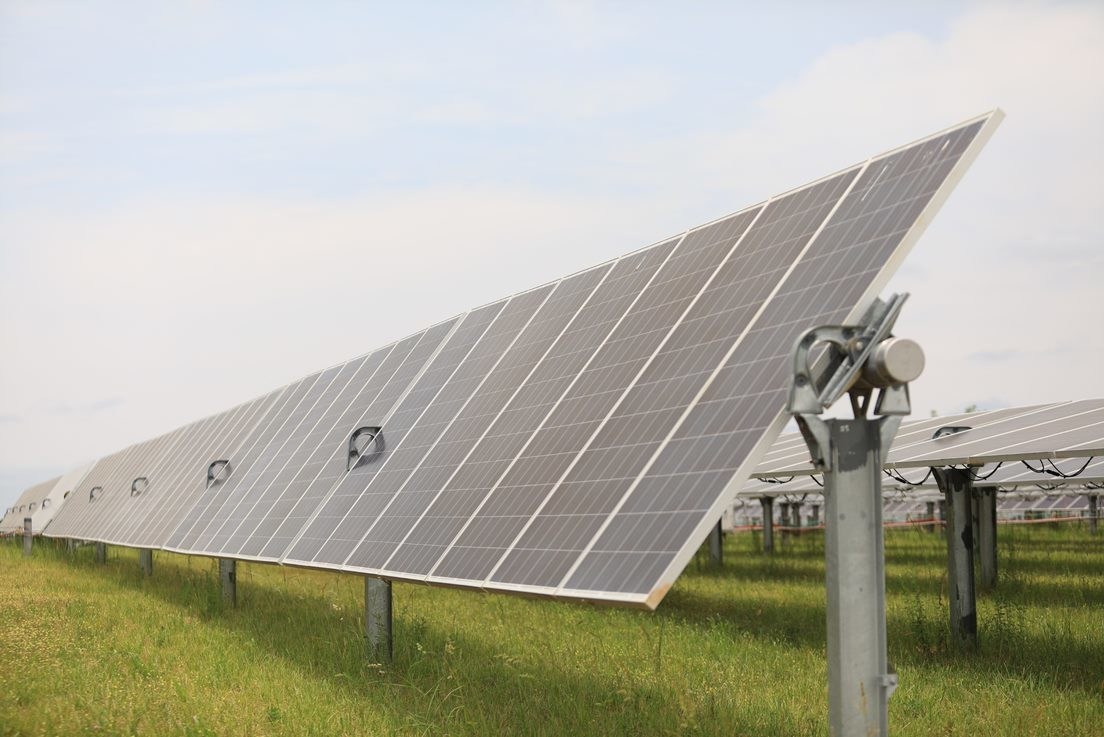Officials in Charlotte County, Virginia have voted to grant a conditional use permit to SolUnesco’s planned Randolph Solar project, which is set to be developed on a 21,000-acre footprint across the southern portion of the county.
The Randolph Solar project is planned to clock in at 800 MW, making it the largest solar installation in Virginia, assuming it is constructed, as well as one of the largest projects in the eastern United States. According to SolUnesco, construction of the facility will cost upwards of $800 million, and construction could start in the second quarter of 2025, at the earliest. SolUnesco expects construction of the project to take upwards of two years, and for the efforts to create more than 700 construction jobs.
The permit was granted as part of an agreement between county officials and utility Dominion Energy, which plans to purchase the installation from SolUnesco once it is completed. The agreement was centered around accelerating payments to the country for a previously approved solar project. It is estimated that the Randolph Solar project will generate $311 in revenue for Charlotte County over its 35-year anticipated lifespan.

While the permit has been granted, SolUnesco still needs approval by the State Corporations Commission, which the company is expecting in 2024, after it has performed environmental impact studies, as well as other pre-construction site and viability assessments.
The project, however, could be in for increased scrutiny in these viability assessments, as the Virginia Department of Environmental Quality (DEQ) announced in March a change to how it measures water runoff at solar farms, which will take effect in 2025. The change defines solar panels and the land underneath them as impervious areas, which can sometimes mean defining the dirt under a solar panel as having the same technical water absorption qualities as asphalt or a building.
This additional water would thus have to be managed via tools such as a retention pond or drainage infrastructure. Cost and space that would have been used for solar panels must instead be turned into the aforementioned ponds and infrastructure. The water runoff calculated by the state’s engineers could then be added to tax bills as stormwater fees, depending on each local jurisdiction’s regulations.
One way to mitigate the amount of land that is defined as impervious to water absorption is to store wires above ground in harness systems. This also limits the amount of trenching for said wires that occurs, which disturbs land and is accounted for in water runoff analysis. Some jurisdictions define the impervious area of a solar panel as when it is laid completely flat.
This content is protected by copyright and may not be reused. If you want to cooperate with us and would like to reuse some of our content, please contact: editors@pv-magazine.com.









Please correct the line “project will generate $311 in revenue for Charlotte County over its 35-year anticipated lifespan.” My expectation is that this is a seven figure or more number.